
UL4200A Button Cell Battery Testing Project
The standard UL4200A:2023 concerning consumer products containing button/coin cells was officially implemented on October 23, 2023. Also on the same date, 16CFR1263 came into effect, with the U.S. Consumer Product Safety Commission (CPSC) providing a 180-day enforcement transition period from September 21, 2023, to March 19, 2024, with the enforcement date of 16CFR1263 being March 19, 2024.
Since its publication in February 2015, UL4200A has undergone five revisions. Prior to the CPSC's publication, many terminal product standards had already explicitly stated that products containing button batteries must meet UL4200A requirements. These terminal product standards include UL1082, UL982, UL1026, UL1081, UL507, among others. The specifications released by the CPSC further expanded the mandatory scope of UL4200A. As long as a product contains button batteries, it must meet the requirements of UL4200A.
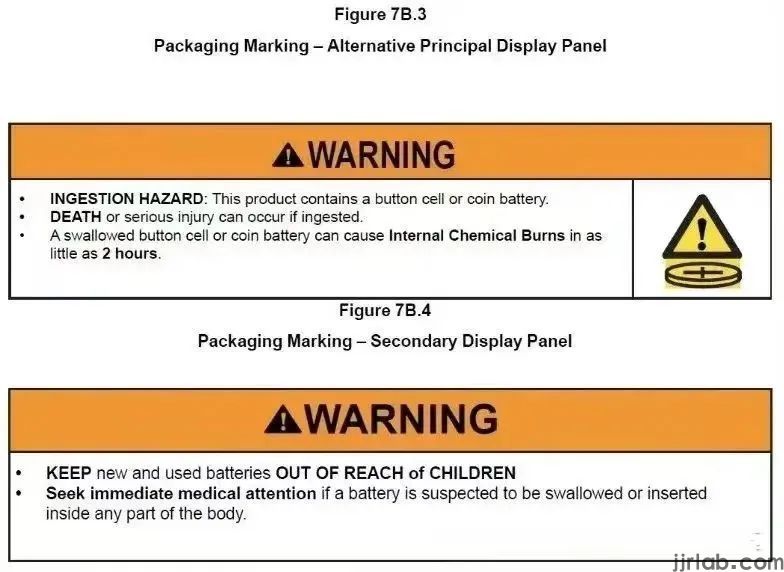
Scope of Applicable Products:
1. These requirements cover household products that contain or may use button or coin cells.
2. These requirements do not include products that specifically use zinc air battery technology.
3. These requirements do not include toys that comply with ASTM F963 "Toy Safety Standard" battery accessibility and labeling requirements.
4. These requirements apply to consumer products containing button or coin cells. They do not apply to products intended for use in locations where children are unlikely to be present due to their specialized purposes and instructions, such as products used for professional or commercial purposes in locations where children are not typically or routinely present.
5. These requirements are intended to supplement other safety requirements for products containing button or coin cells, rather than to replace specific requirements contained in other safety standards, to mitigate the physiological hazards of button or coin cells.
Definition of Button Cell or Coin Cell:
Consumer (household) products equipped with button lithium batteries with a diameter ≤32mm and a diameter greater than their height (although additional supplementary requirements may exist in some terminal product standards).
Structural Requirements:
Products using button cell/coin cell batteries should be designed to reduce the risk of children removing, ingesting, or inhaling the batteries. The battery compartment must be secured so that they require the use of a tool or at least two independent and simultaneous manual actions to open, and these two opening actions cannot be combined into one action by a single finger. After performance testing, the battery compartment door/cover must not open and must remain functional. The batteries must not be accessible.
Testing Requirements:
1. Abuse Testing:
a. Portable products dropped three times, handheld products dropped ten times (each time dropped from a height of 1 meter onto a flat surface).
b. The housing or battery compartment cover/door must withstand a 2J impact test, tested three times.
c. Crush test: 330N force applied to the exposed surface for 10 seconds, force applied through an approximately 100mm x 250mm plane.
d. After tests a, b, and c, a force of 45N is applied for 10 seconds using Test Probe 11 of IEC 61032, and the batteries must not become accessible. During testing, the battery compartment cover/door does not need to be opened and must remain functional.
2. Secure Mounting Test:
For the secure mounting of batteries that "prevents user movement or replacement," a force of 20N outward with a hook must be applied continuously for 10 seconds, and the battery must not detach.
Warning Language Requirements in Instruction Manuals:
Instruction manuals (if any) must include all applicable markings from Figure 7B.1 or Figure 7B.2 and the following instructions:
a) Statement: "According to local regulations, remove and recycle or dispose of used batteries immediately, keeping them away from children. Do not dispose of batteries in household waste or fire."
b) Statement: "Even used batteries may cause serious injury or death."
c) Statement: "Call your local poison control center for treatment information."
d) Statement indicating compatible battery types (e.g., LR44, CR2032).
e) Statement indicating the nominal voltage of the battery.
f) Statement: "Non-rechargeable batteries should not be recharged."
g) Statement: "Do not forcibly discharge, recharge, disassemble, heat above (manufacturer-specified rated temperature), or incinerate. Doing so may cause injury to personnel due to gas emissions, leaks, or explosions, resulting in chemical burns."
For products with replaceable button/coin cell batteries, the following should also be included:
a) Statement: "Ensure batteries are installed correctly according to polarity (+ and -)."
b) Statement: "Do not mix old and new batteries, batteries of different brands, or different types of batteries, such as alkaline batteries, zinc-carbon batteries, or rechargeable batteries."
c) Statement: "According to local regulations, remove and recycle or dispose of batteries from devices that have been unused for a long time."
d) Statement: "Always securely fasten the battery box. If the battery box does not close securely, stop using the product, remove the batteries, and keep them away from children."
Products with non-replaceable button/coin cell batteries should also include a statement indicating that the product contains non-replaceable batteries.
Email:hello@jjrlab.com
Write your message here and send it to us
 ASTM D4169 Drop Test
ASTM D4169 Drop Test
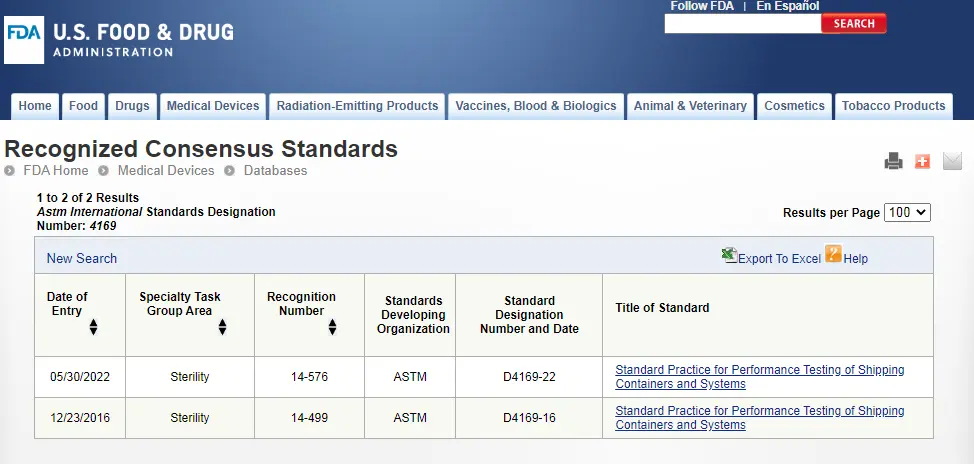 ASTM D4169 Packaging Simulation Transportation Tes
ASTM D4169 Packaging Simulation Transportation Tes
 What is ASTM D4169 Testing?
What is ASTM D4169 Testing?
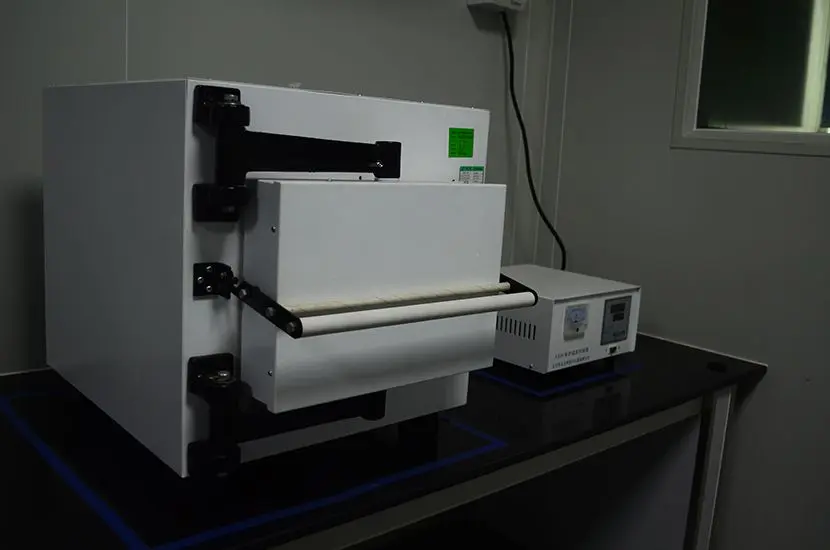 ASTM D4169-23 Test Standard Revision
ASTM D4169-23 Test Standard Revision
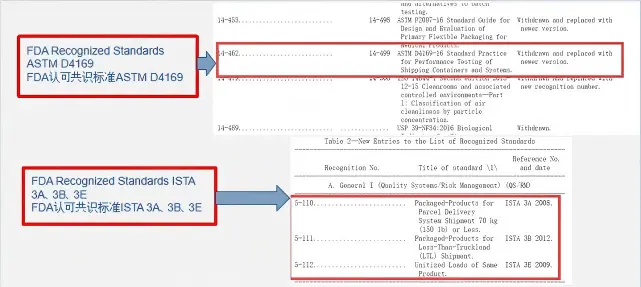 Transport Simulation Testing for Medical Device Pa
Transport Simulation Testing for Medical Device Pa
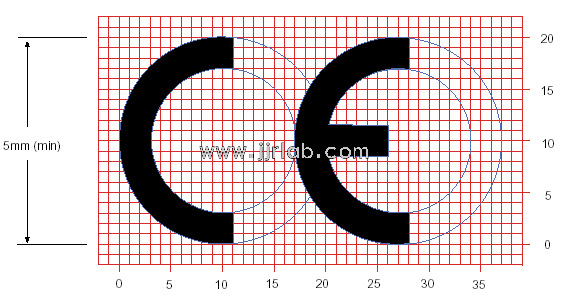 EU CE Certification Guidelines for Lighting Fixtur
EU CE Certification Guidelines for Lighting Fixtur
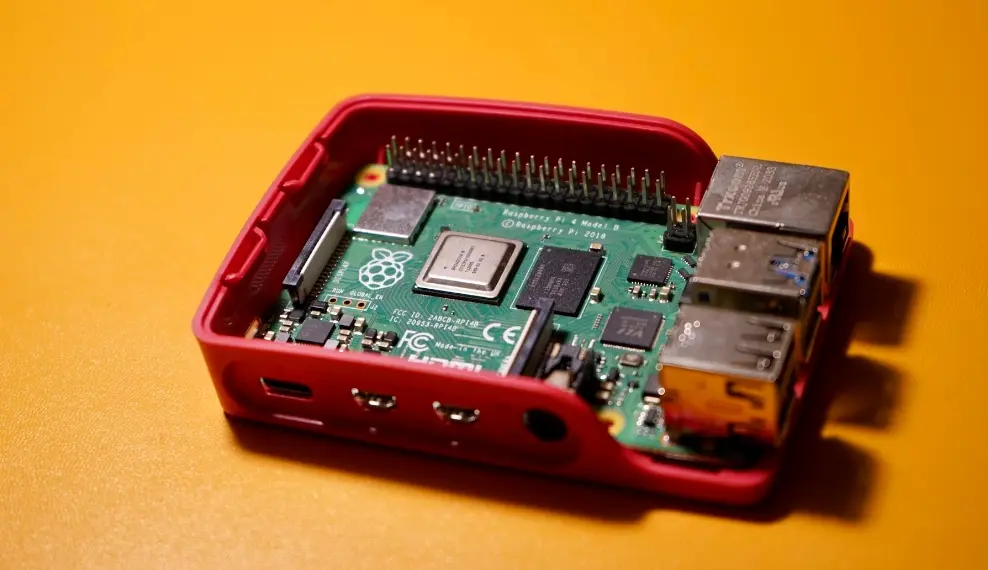 Lithium Battery Export: CB Certification & IEC
Lithium Battery Export: CB Certification & IEC
 How to Apply for One FCC Certificate for Multiple
How to Apply for One FCC Certificate for Multiple
Leave us a message
24-hour online customer service at any time to respond, so that you worry!




